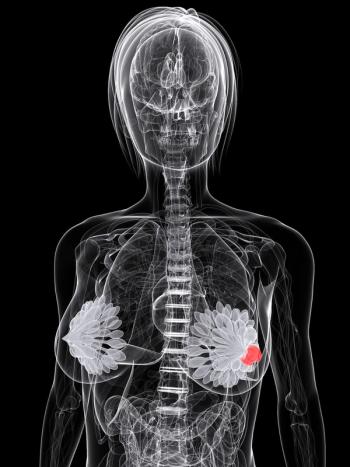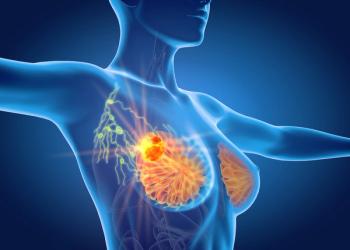
Alina Markova, MD, on Topical Ruxolitinib Mechanism of Action in Cutaneous Chronic GVHD
Alina Markova, MD, speaks to the mechanism of action of topical ruxolitinib INCB018424 phosphate 1.5% cream vs oral ruxolitinib and other topical therapies used in the treatment of non-sclerotic and superficially sclerotic chronic cutaneous graft-versus-host disease.
Alina Markova, MD, a dermatologist and director of inpatient consultative dermatology at Memorial Sloan Kettering Cancer Center, spoke with CancerNetwork® during the
The mechanisms of topical ruxolitinib are similar to oral ruxolitinib (Jakafi), with both targeting the JAK/STAT pathway. Markova also emphasized that topical treatment is unique from others in the space due to a more targeted approach with less toxicity.
Transcript:
As many of us know, oral ruxolitinib is a JAK1/2 inhibitor that was approved for the treatment of both acute and chronic GVHD. Topical ruxolitinib has the same mechanism, it can reduce inflammation in the skin. The JAK/STAT pathway, as we know, plays a role in advancing GVHD, a it’s the same mechanism. As far as how it compares, it’s much more targeted and has less toxicity topically than the other available options that we have.
Reference
Markova A, Prockop SE, Dusza S, et al. Interim results of a pilot, prospective, randomized, double-blinded, vehicle-controlled trial on safety and efficacy of a topical inhibitor of Janus kinase 1/2 (ruxolitinib INCB018424 phosphate 1.5% cream) for non-sclerotic and superficially sclerotic chronic cutaneous graft-versus-host disease. Presented at: 2022 Transplantation & Cellular Therapy Meetings; Salt Lake City, UT; April 23-26, 2022. Abstract 390.
Newsletter
Stay up to date on recent advances in the multidisciplinary approach to cancer.

















































































